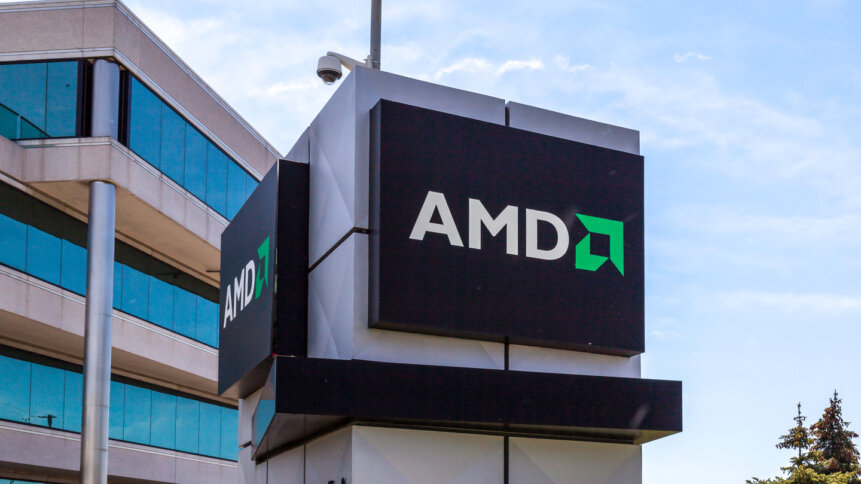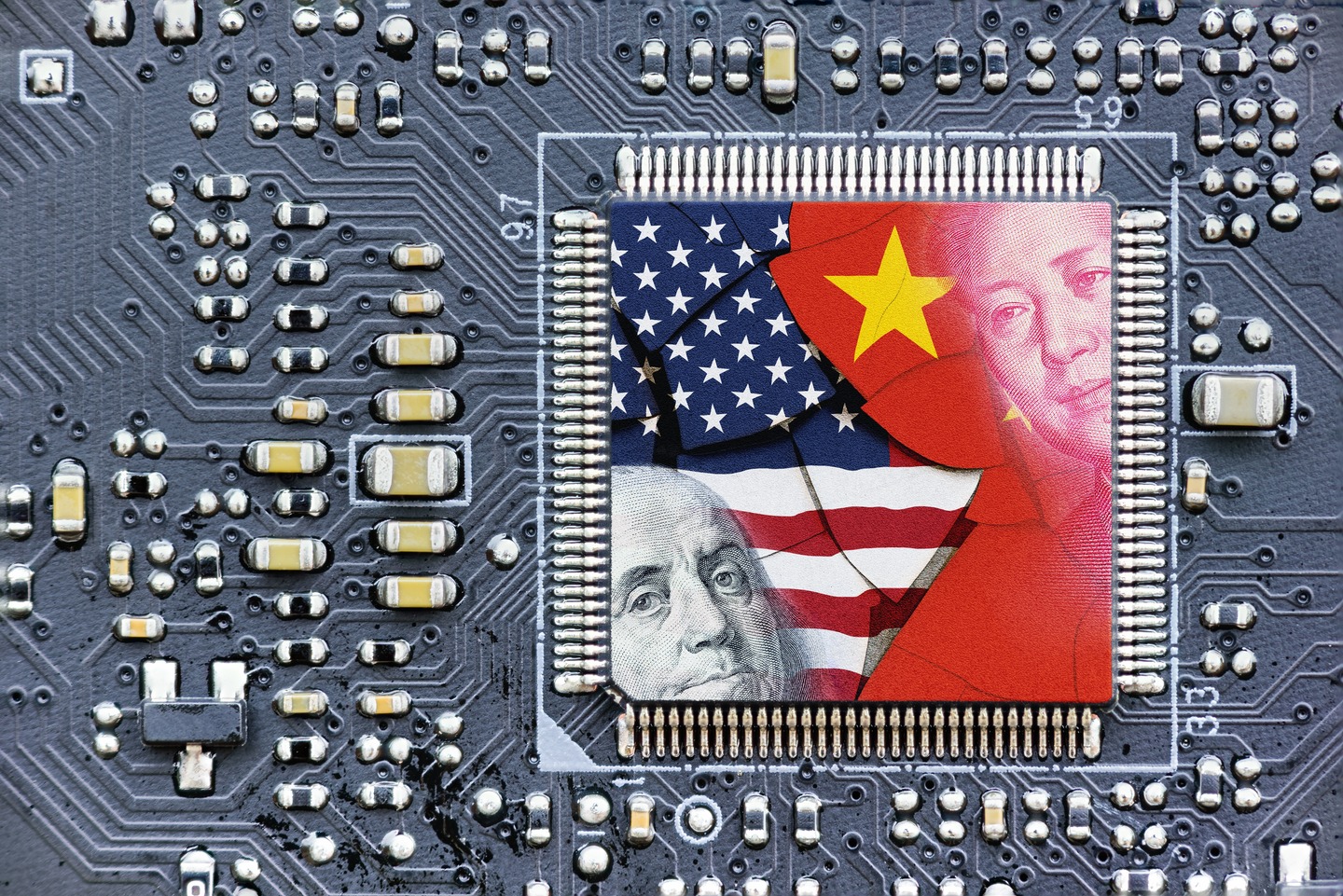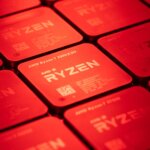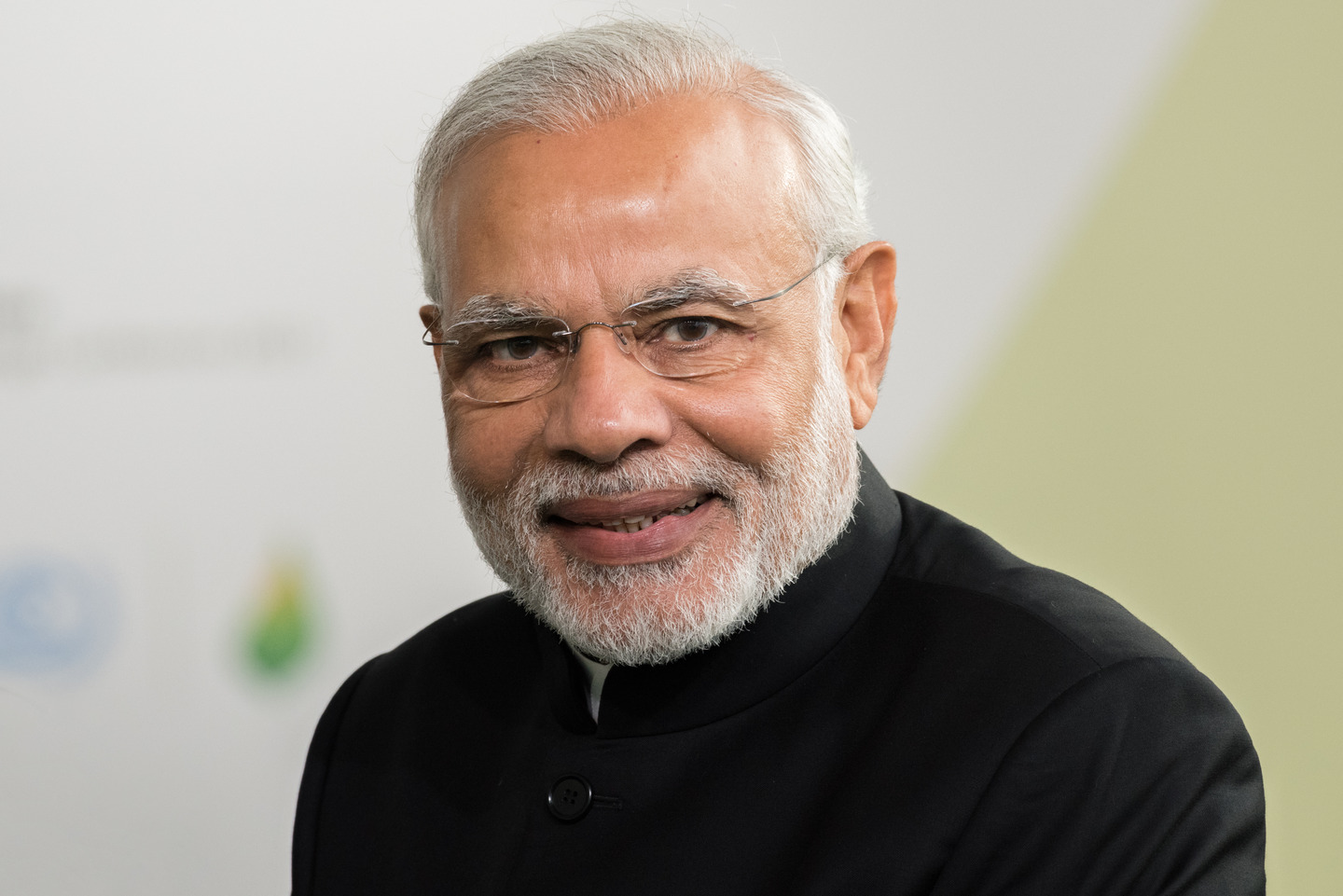AMD seeks Taiwan alternatives as US-China chip war simmers

• The US-China chip war is getting colder all the time.
• There’s every reason to believe it goes hot in the next few years.
• In that event, Taiwan – undisputed home of semiconductors – could become a very dangerous link in the supply chain.
AMD, the only company within a light year of Nvidia when it comes to production of high-powered chips for AI models, is looking to diversify its supply chain in the wake of the US-China chip war.
While Nvidia this week celebrated skyrocketing second quarter revenue of $13.5 billion (an 88% increase on quarter 1 and a whole 101% better than this time last year), AMD posted second quarter revenues of just $5.5 billion, meaning the potential impacts of the US-China chip war going from cold to hot might hit it disproportionately if and when it happens.
There’s a significant degree of geopolitics involved in the decision to look outside of Taiwan, but there’s some cold, hard economic pragmatism in there too.
Both Nvidia and AMD rely heavily on TSMC (Taiwan Semiconductor Manufacturing Co.) for their chipmaking capabilities, and while few are saying this out loud in the middle of a trade war that doesn’t call itself a trade war, reliance on a key Taiwanese player could soon be distinctly disadvantageous.
Taiwan, politically speaking, is a Schrodinger’s Nation – it believes it’s alive and independent and sovereign, while China’s government has never made any secret of the fact that it believes Taiwan to be a part of Greater China, irrespective of what Taiwan might think about that.
So Taiwan is both Taiwan and China, simultaneously, under one of the great political fictions of the age – but until the point of its nationhood is pressed too hard (the equivalent of opening Schrodinger’s box), no-one needs to find out which it actually is.
That’s a good thing, because it’s a definition that would probably have to come at the expense of significant conflict – either through trade or through the equally old-fashioned method of spilling the blood of people who have what you believe is yours, but who stubbornly hold to the idea that it’s actually theirs.
1, 2, 3, 4, US-China chip war!
In other circumstances, none of this would have to be discussed at all seriously.
Except Taiwan is the biggest chipmaking nation in the world. And TSMC, incidentally, is the biggest chipmaker in Taiwan.
And semiconductors (chips) have been regularly described over the last few years as “the oil of the 21st century.” Just this year, Germany’s Chancellor Olaf Scholz said as much as he opened an Infineon factory.
Oil, for the incredibly young or the staggeringly naïve, is a substance on which economies have tended to depend for most of the industrialized 20th century and some of the 21st. A commodity without the flow of which, economic growth, especially in Western nations, has stagnated.
A commodity for which – overtly or covertly – wars between nations have been fought.
Given that under the last handful of US presidents, but particularly under Trump and Biden, the US techno-economy has gone on a protectionist and arguably Sinophobic frenzy, with escalating moves to cut China off from the world’s supplies of high-powered chips, you’d be forgiven for thinking that the idea of a hot US-China chip war is no longer a flight of thriller novel fantasy.
And when you add onto that President Biden’s seeming break with the established diplomatic fiction of Schrodinger’s Taiwan, declaring he would defend Taiwan in the event of any Chinese attack, and Robert O’Brien, a former national security advisor to the Trump administration, declaring that (under any putative second Trump term) the US would “rather see Taiwan’s fabs on fire than have them fall into China’s hands,” what you have is a powder keg, with two of the world’s largest economic and military superpowers focused on a relatively small, though impressively difficult-to-invade nation.

The US-China chip war. In between the superpowers, unshown, Taiwan.
A relatively small nation that’s responsible for most of the high-powered chips in the world.
You can probably see why AMD might be looking to diversify its semiconductor supply chain.
Avoiding the US-China chip war.
In diplomatic business language of course, Lisa Su, chair and CEO of AMD, expressed the search in played-down, all-adults-here language, saying the company would “consider other manufacturing capabilities” besides TSMC so that it could “ensure that we have the most resilient supply chain.”
YOU MIGHT LIKE

Chip slump bites AMD in the revenues
In other words, AMD has determined it needs to find other sources from which to keep the chips flowing in case the US-China chip war goes from cold to hot in a hurry. And while President Biden has been no friend to Chinese interests since he took office, situations both foreign and domestic have a tendency to go from cold to hot in a really big hurry if Donald Trump is in charge – which he may yet be again as soon as January 2025.
There are likely to be inherent difficulties in AMD’s plan though – not least TSMC’s pre-eminent position in the market. It’s the go-to, and in some respects, the guarantee of quality and longevity you need if you’re going to consistently provide the kind of high-end chips on which the likes of Nvidia and AMD depend.
Nvidia, for its money, is currently wrapped in commitments with TSMC for its new H100 chip, and it’s already feeling the pinch of over-demand for both its current A100 and the new chip – the A100, semiconductor-fans, is the chip behind OpenAI’s ChatGPT, so the upsurge of demand is entirely understandable, but it’s left Nvidia sitting on a mountain of cash, but potentially due to inherit a big supply crunch, as it’s currently able to provide only around 50% of the chips it has on demand.
AMD is trying to hedge its bets, suggesting it may stick with TSMC, but try to utilize some of its non-Taiwanese plants. Alternatively, it could switch to alternatives like South Korea’s Samsung – but shifting itself outside a longstanding and highly profitable relationship with Taiwan’s leading cutting-edge supplier feels like a move that comes with multiple inherent pain-points.
The question of whether it will turn out to be a mark of the company’s prudence or whether the pain-points are too painful remains to be determined – and infuriatingly for a company largely focused on the straightforward business of making money, it may be determined by geopolitical forces and decisions entirely out of AMD’s control.
Is India everyone’s solution to the US-China chip war?
And while Su admitted that the company has yet to find an agreeable solution to diversify its high-powered chip supply chain in case Taiwan gets too hot to handle, it has not been shy of joining the latest tech exodus (texodus? No, probably not…) to India.
AMD has already announced plans to invest around $400 million on the largest design center in the southern Indian city of Bengaluru over the course of the next five years – another potential triumph for Prime Minister Narendra Modi’s “Make In India” strategy.

Prime Minister Modi keeps raking in the tech giants.
“Our investment will build on over two decades of growth and successful presence here in India,” said AMD CTO Mark Papermaster, announcing the plans. “Through these investments, AMD will further expand our R&D capabilities in India, to be able to drive our semiconductor design innovation in support of the government’s India semiconductor mission and drive to make India a strong semiconductor talent and nation,” he added.
The new 500,000 square design center will be AMD’s tenth office in India, so the company could be said to be developing a new level of comfort with its Indian operations, despite having first launched in the country 22 years ago.
Rajeev Chandrasekhar, minister of state for electronics and IT, skill development and entrepreneurship, said the plans would “provide tremendous opportunities for our large pool of highly skilled semiconductor engineers and researchers.”
If that sounds like standard diplomacy, it may well be, but it’s also a factor in AMD’s scrabbling strategy to develop alternatives to the potentially volatile Taiwan situation.
While AMD has said it’s open to using US design centers, there is a particularly acute skills shortage in the US workforce right now, which has led to doubts over whether any move to significant domestic production for the famously fabless chip company might be significantly hampered by a lack of skilled hands, hearts and minds to make the kind of chips that will meet AMD’s production quotas if it tries to disentangle itself significantly from Taiwan in the midst of the US-China chip war.
With long histories of working together, the question of whether chip companies are now looking for supply chain solutions outside of the US-China chip war – and particularly outside of Taiwan’s undoubted supremacy in the field – comes down to their level of confidence that that war won’t get hot in anything like a hurry.
Place your bets?










